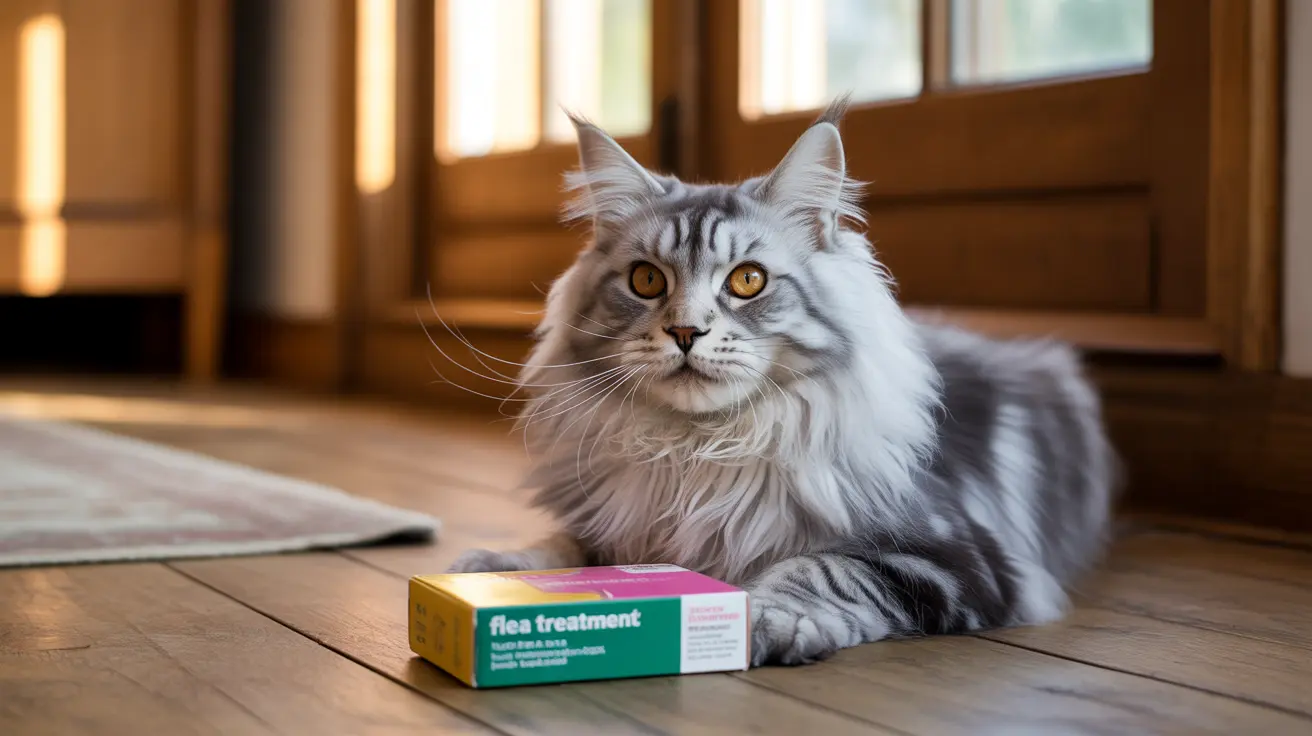Exploring the Best Alternatives to Dog Cones
When your dog needs to recover from surgery or an injury, preventing them from licking or chewing the affected area is crucial. The traditional Elizabethan collar—often called the e-collar or "cone of shame"—has been the go-to solution for decades. But let's face it: most dogs dislike these cones due to their discomfort, limited visibility, and awkwardness. Fortunately, there are several alternatives that might be a better fit for your furry friend.
Why Seek Alternatives?
The classic plastic cone was invented in 1962 by a veterinarian inspired by historical ruffed collars. While effective at stopping pets from reaching wounds, these cones can cause frustration for both pets and owners. Common complaints include:
- Restricted movement
- Difficulty eating or drinking
- Bumping into furniture
- Obstructed vision
Some dogs—especially those with unique body shapes or energetic personalities—struggle even more with standard cones. That's where alternatives come in.
Main Alternatives to Traditional Dog Cones
- Inflatable (Blow-Up) and Donut Collars:
These collars resemble travel pillows and limit a dog's ability to turn their neck far enough to reach surgical sites. They're softer than plastic cones and less likely to damage walls or furniture. Eating, drinking, and walking become easier for most dogs wearing these collars. However, if not fitted properly—or if your dog is particularly flexible—they might still reach their wound. Some dogs may also develop skin irritation due to increased neck contact, and strong chewers might puncture the collar.
- Soft Cones:
Made from flexible fabric, soft cones offer more comfort than rigid plastic ones. They don't clatter against furniture and provide easier access to food and water bowls. On the downside, they often reduce peripheral vision since they're typically opaque. If too floppy, some determined pets can maneuver around them to reach their injuries. Soft cones aren't recommended after eye surgery.
- Surgical Suits:
Surgical suits are body garments designed to protect wounds on the torso, chest, back, or abdomen. They allow free movement and prevent other pets from disturbing healing areas. However, they're less effective for wounds on legs, tails, or faces since they don't cover those spots well. Sizing is important; an ill-fitting suit can cause discomfort or make bathroom breaks tricky (especially for male dogs).
- Recovery Sleeves:
If your dog has a leg injury or surgical site on a limb, recovery sleeves can be a great alternative. These sleeves protect wounds without hindering eating or sleeping routines and many are waterproof. However, some types may cause sweating—which increases infection risk—and persistent chewers might damage them quickly.
- Smaller Plastic Cones:
For improved vision and comfort (especially in larger breeds), smaller plastic cones are available that can be custom-fitted by a veterinarian. These aren't suitable for very small dogs (under 11 pounds), who need appropriately sized options.
Lesser-Known Options
- Rigid E-collars with Softer Edges: These have enhanced materials that reduce irritation but may still be uncomfortable for cone-averse pets.
- Sturdy Fabric Cones (e.g., Comfy Cone): These provide excellent coverage for large breeds but may feel heavy for smaller dogs.
- Surgical Recovery Suits (e.g., Suitical): Comfortable suits that help maintain normalcy but aren't ideal outdoors or for leg wounds.
Cautions About DIY Solutions
You might think about making your own recovery collar at home as a cost-saving measure. However, DIY cones often fall short when it comes to durability and safety—the fit may be off or materials unsafe for pets. Commercially available products are designed with pet safety in mind and come in various sizes suited to different breeds.
Selecting the Right Alternative
The best choice depends on several factors:
- Your dog's size and temperament
- The location of the wound or incision
- Your budget and cleaning preferences
- The product's durability and comfort level
No matter which alternative you choose, proper fit is essential—a collar should be snug enough that only two fingers fit between it and your dog's neck while extending past the nose tip if needed. Always supervise your pet during recovery and consult your veterinarian before switching away from a standard e-collar.





